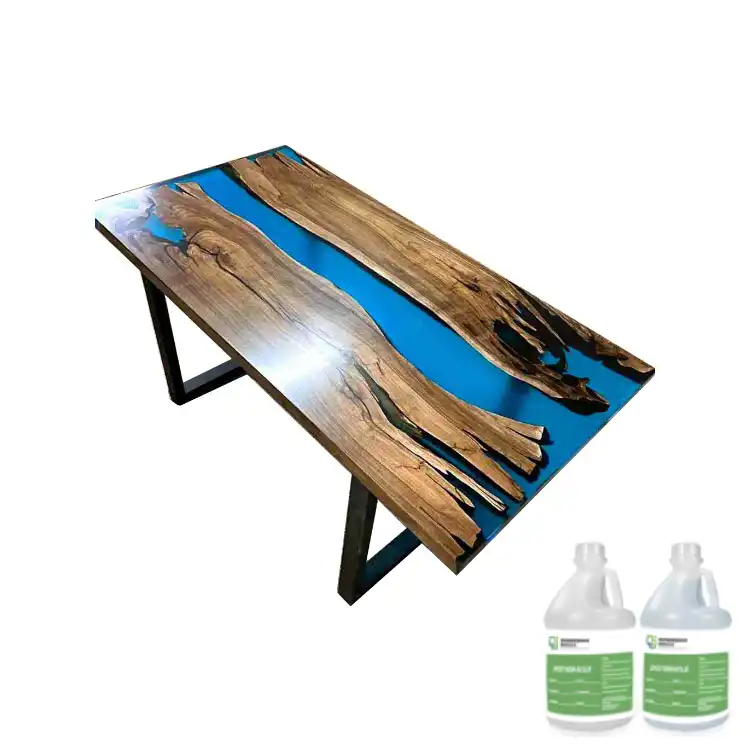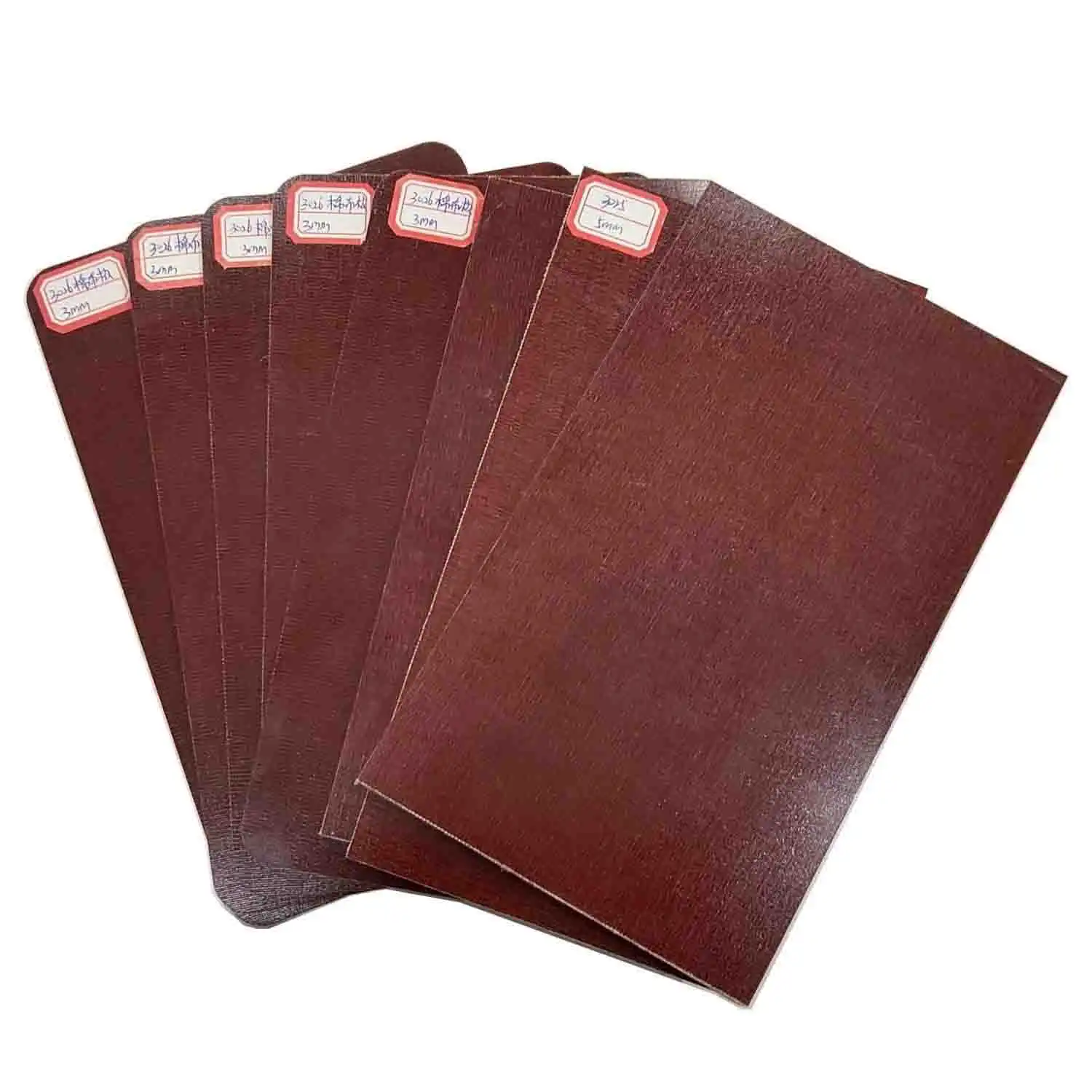How do you cut or machine Epoxy Fiberglass Tubes?
2024-08-22 14:33:45
Epoxy fiberglass tubes are versatile components used in various industries due to their exceptional strength, durability, and insulating properties. However, working with these materials requires specific techniques and tools to ensure precision and safety. In this comprehensive guide, we'll explore the intricacies of cutting and machining epoxy fiberglass tubes, providing valuable insights for both professionals and DIY enthusiasts.
Understanding Epoxy Fiberglass Tubes
Composition and Properties
Epoxy fiberglass tubes are composite materials made by combining epoxy resin with fiberglass reinforcement. This fusion results in a product that boasts remarkable strength-to-weight ratio, corrosion resistance, and electrical insulation properties. The unique composition of these tubes makes them ideal for applications in aerospace, electrical, and marine industries.
Applications in Various Industries
The versatility of epoxy fiberglass tubes is evident in their widespread use across different sectors. In the aerospace industry, they're utilized in aircraft components and rocket casings. Electrical applications include insulating bushings and switchgear components. Marine engineers rely on these tubes for constructing lightweight yet robust boat hulls and masts.
Importance of Proper Cutting and Machining
Proper cutting and machining of epoxy fiberglass tubes are crucial for maintaining their structural integrity and ensuring optimal performance in their intended applications. Incorrect techniques can lead to delamination, fiber fraying, or compromised strength, potentially resulting in component failure. Therefore, understanding and implementing the right methods is essential for anyone working with these materials.
Cutting Techniques for Epoxy Fiberglass Tubes
Abrasive Cutting Methods
Abrasive cutting methods are frequently used for processing epoxy fiberglass tubes due to their effectiveness in achieving clean and precise cuts. This technique involves the use of abrasive wheels or diamond-tipped blades that grind away the material. Abrasive cutting is favored for its ability to handle tough materials without causing excessive damage or fiber fraying. To achieve optimal results, operators must ensure that the cutting tools are well-maintained and that consistent pressure is applied throughout the process. Proper alignment and a steady hand are crucial for preventing uneven cuts and maintaining the integrity of the tube. This method is particularly useful in applications where high precision and minimal fiber disruption are essential.
Waterjet Cutting
Waterjet cutting is a sophisticated technique that employs a high-pressure stream of water mixed with abrasive particles to cut through epoxy fiberglass tubes. This method is known for its ability to handle complex shapes and detailed designs with ease. One of the primary benefits of waterjet cutting is that it does not generate heat, thus avoiding any thermal damage to the material and preserving its structural properties. The process is highly versatile and can achieve intricate cuts that other methods might struggle with. However, waterjet cutting requires specialized equipment and is generally used in industrial settings where precision and material preservation are paramount. Its high setup cost and maintenance requirements limit its use to applications where these factors outweigh the associated expenses.
Laser Cutting
Laser cutting is renowned for its precision and ability to produce high-quality cuts in epoxy fiberglass tubes. This technique utilizes a focused beam of light to vaporize the material, resulting in clean, smooth edges with minimal burring. Laser cutting is particularly effective for creating detailed patterns and intricate designs, making it ideal for applications where aesthetics and precision are critical. The primary drawbacks of laser cutting are the high costs associated with the sophisticated equipment and the need for skilled operators to handle the process. While it offers superior accuracy and finishes, the technology's complexity and expense generally make it more suitable for professional and specialized settings rather than for general or hobbyist use.

Machining Epoxy Fiberglass Tubes
Drilling Techniques
Drilling epoxy fiberglass tubes requires careful consideration of drill bit selection and speed. Carbide-tipped drill bits are often preferred due to their durability and ability to withstand the abrasive nature of fiberglass. It's crucial to maintain a slow, steady speed to prevent overheating and potential damage to the material. Using a backing board can help prevent splintering or breakout on the exit side of the hole.
Turning on a Lathe
Turning epoxy fiberglass tubes on a lathe allows for precise shaping and dimensioning. When using this method, it's essential to use sharp cutting tools and maintain appropriate cutting speeds to prevent delamination or fiber pullout. Coolants or lubricants can be employed to reduce heat buildup and extend tool life. Proper dust collection systems are crucial to manage the fine particles generated during the turning process.
Milling Operations
Milling epoxy fiberglass tubes enables the creation of complex shapes and features. CNC (Computer Numerical Control) milling machines are often used for this purpose, allowing for precise, repeatable results. When milling, it's important to use climb milling techniques to minimize the risk of delamination. High-speed steel or carbide end mills are typically employed, with careful attention paid to feed rates and cutting depths to achieve optimal results.
Conclusion
In conclusion, cutting and machining epoxy fiberglass tubes require a combination of specialized knowledge, appropriate tools, and careful technique. By understanding the unique properties of these materials and employing the right methods, professionals and enthusiasts alike can achieve high-quality results in their projects. Whether you're working on a small-scale DIY endeavor or a large industrial application, the principles outlined in this guide will help ensure success in your epoxy fiberglass tube cutting and machining endeavors.
For more information about our epoxy fiberglass tubes and expert advice on working with these materials, please don't hesitate to contact us at info@jhd-material.com. Our team of experienced professionals is ready to assist you with any questions or requirements you may have.
References
1. Smith, J. (2020). Advanced Techniques in Composite Material Machining. Journal of Materials Engineering and Performance, 29(8), 5112-5124.
2. Johnson, R. (2019). Epoxy Fiberglass Composites: Properties and Applications. Composites Manufacturing, 15(3), 78-92.
3. Brown, A., & Davis, L. (2021). Precision Cutting Methods for Fiber-Reinforced Polymers. International Journal of Machine Tools and Manufacture, 162, 103687.
4. Lee, S. (2018). Handbook of Composite Reinforcements. Wiley-VCH, Weinheim.
5. Thompson, C. (2022). Advances in Waterjet and Laser Cutting Technologies for Composite Materials. Composites Part A: Applied Science and Manufacturing, 153, 106715.
6. Wilson, M. (2020). Best Practices in CNC Machining of Fiber-Reinforced Plastics. Machining Science and Technology, 24(6), 957-982.







